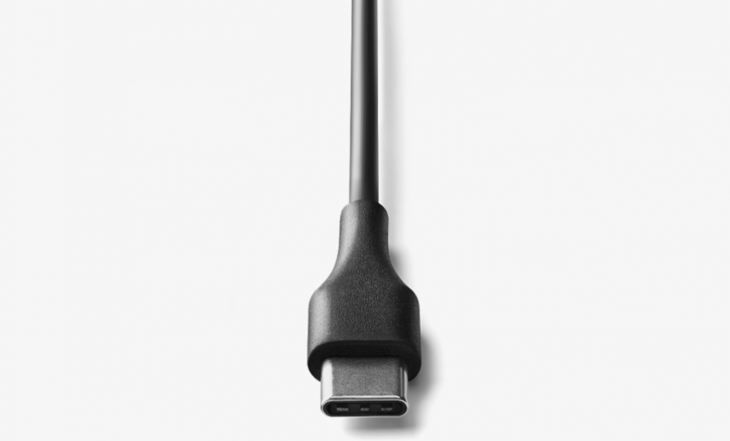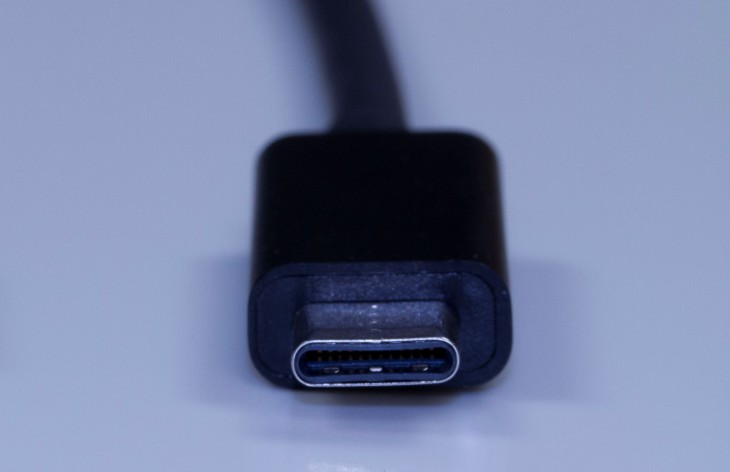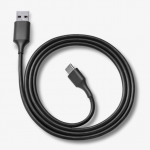
A day long prophesied has arrived: we’re starting to see USB Type-C connectors on our phones. But what does that mean? Will everything charge faster now? Do I have to buy everything all over again? If I plug my USB fan into my phone will the fan work? (No). How many times will I have to try to insert a USB incorrectly (the answer is always 3)?
First off let’s get some naming out of the way, USB Type-C and USB C are the same things, one is easier to type so guess which we’re going to use (the latter).

Strictly speaking, USB C refers to the connector type, just like USB A or Micro USB. USB C describes both a male and female type of connector from the USB Implementers Forum. The big physical advantage of the USB C is that it is a reversible connector — think like Apple’s Lightning connector — this means that so no matter which way you attempt to insert a C connector, it will fit. However, with the new Nexus devices only supporting USB 2.0, the additional benefits of the USB C/ 3.1 combination won’t be fully realised
If the USB port/ device supports the USB v3.1 standard, then you would also get other benefits, such as:
- Increased power capacity
- Two way charging
- SuperSpeed data transfer
Increased Power Capacity
A USB C cable using USB 3.1 is capable of charging at up to 3.0 Amps at 5V (total of 15 watts, previous 5V max was 10 watts). Both of the new Nexus phones have come supplied with a 5V 3 Amp charger to take full advantage of the 15-watt fast charging. This seems to be due to the use of the Type C connector which provides an additional pair of wires for power transmission. The USB 3.0 standard also includes support for higher voltage charging up to 20V and 5 amps for a maximum wattage of 100 watts, and while this is a little more power than you would need for your phone, the vastly increased power capacity should allow the standard to be more widely adopted in other consumer electronics.
Two Way charging
The USB C/3.1 combination will also bring bi-directional power. This two-way power transfer with compatible devices will allow not only host-to-device charging but device back to host charging. As an example, the Pixel C with USB C is capable of both being charged and charging other devices via the USB C port, and your phone with USB C could (though I’m not sure why you would) add a quick charge to another phone or device.
SuperSpeed data transfer
What improvement in technology would be complete without more speed? And speed you would get. The USB C/3.0 combo brings up to 10 Gbps, named SuperSpeed+ in the spec, it’s 10 x faster than a typical domestic Ethernet connection. Unfortunately, we’ll be stuck with the old 2.0 speeds for now.
There are other changes in the combined standards, but these are the big ticket items, reversible connector, increased power capacity, two-way charging and SuperSpeed+ data.
So what will this mean for you?
Right now it may spell occasional frustration, if you are like me you have spent years collecting “good” USB cables – you know the oxygen gold plated cables, hey the guy in the shop said they would make a difference! – for the car, office, couch, kitchen, bedside…. also in the short term you may not find a compatible cable at a friends place or your local charging bar. In time, these frustrations will pass.
As for improved charging times that will mainly come down to the power supply. A 200mm downpipe can handle a lot of water in a storm, but it’s no good connected up to a single 50mm outlet. Same applies to USB C, although you won’t have water spilling out of your socket, I hope. If you connect USB C cable to your phone and use an old 5V 0.9 amp charger you’re not getting the fast charge experience, if you want to take advantage of the full capabilities of its ‘fast charging’ your going to need suitable power sources, like the supplied 5V 3 amp charger.
At least when I plug it into my PC or Mac I’ll get the fast transfers? Right? If the Nexii had USB 3.1 it would be backward compatible with most USB ports, however, to get those super-fast speeds both ends need to be using the dual BUS technology in USB 3.1. Which means once again unless you have the latest and grated of USBs in your machine you may not be getting that 10Gbps speeds. This is less of an issue for the new Nexus phones as they do not support the USB 3.1 spec.
So if I need whole new everything to take advantage of USB C why is everyone so excited about it? The answer is the future. If you’re not an early adopter who is going to run out and get a whole new set of gold-plated USB C cables – seriously stop buying those it’s 1’s and 0’s people – then you may not get the full advantage when you move beyond the supplied accessories. However the longer we all have these devices, the more chargers, cables and accessories we collect the more useful and the more benefits we will get from USB C. To help you start to build up your collection Google has a few USB C cables and adapters ‘coming soon’ to the Australian Google Store for you to check out.
Are you excited for USB-C? Let us know what feature you’re most looking forward to.







USB Type C was designed for the socket to be more durable. If any part should fail first it’s the plug on the cable end. I think that’s awesome.
I love the idea of the faster, more versatile, easier to use (plug in/attach) USB ‘C’ cable, but I can’t help but feel wasteful when I look at the huge bag of USB ‘B’ cables and chargers I have amassed over the years… Hopefully the USB ‘C’ format/shape will be the one they stick with from now on, surely it can’t be that hard to upgrade the capability of a cable without changing the shape?
I was really amped about the introduction about USB C support when they discussed it at IO, they specifically talked about the bi-directional power flow, so you could charge your mates phone if they were out of juice Along with the Nexus P tech support slides from a few days back they stated “USB C for faster transfer rates” … faster than what if its only USB2.1. Just seems disappointing that these features that were talked about for marshmallow aren’t supported by their Nexus devices. Type C might future proof the connection, but doesn’t future proof the functionality. All we… Read more »
always thought the USB Power Delivery was its own standard decouple from the data side.
This is true, a separate spec. See Anandtech for details.
This is exciting and I certainly look forward to phones supporting this, however it also no excuse for Google leaving out wireless charging from the new Nexus phones.
“As an example, the Pixel C with USB C is capable of both being charged and charging other devices via the USB C port, and your phone with USB C could (though I’m not sure why you would) add a quick charge to another phone or device.” A possible scenario (I hope) could be that you connect your Pixel C to a power source to charge and at the same time you connect your phone to it to quick charge that. That means one power socket being used by both your devices with only a “lighter” USB C cable for… Read more »
If you had a USB-C Y cable, then yeah I guess that could work.
Or charge the Pixel from one side and then Charge your phone from the other 🙂